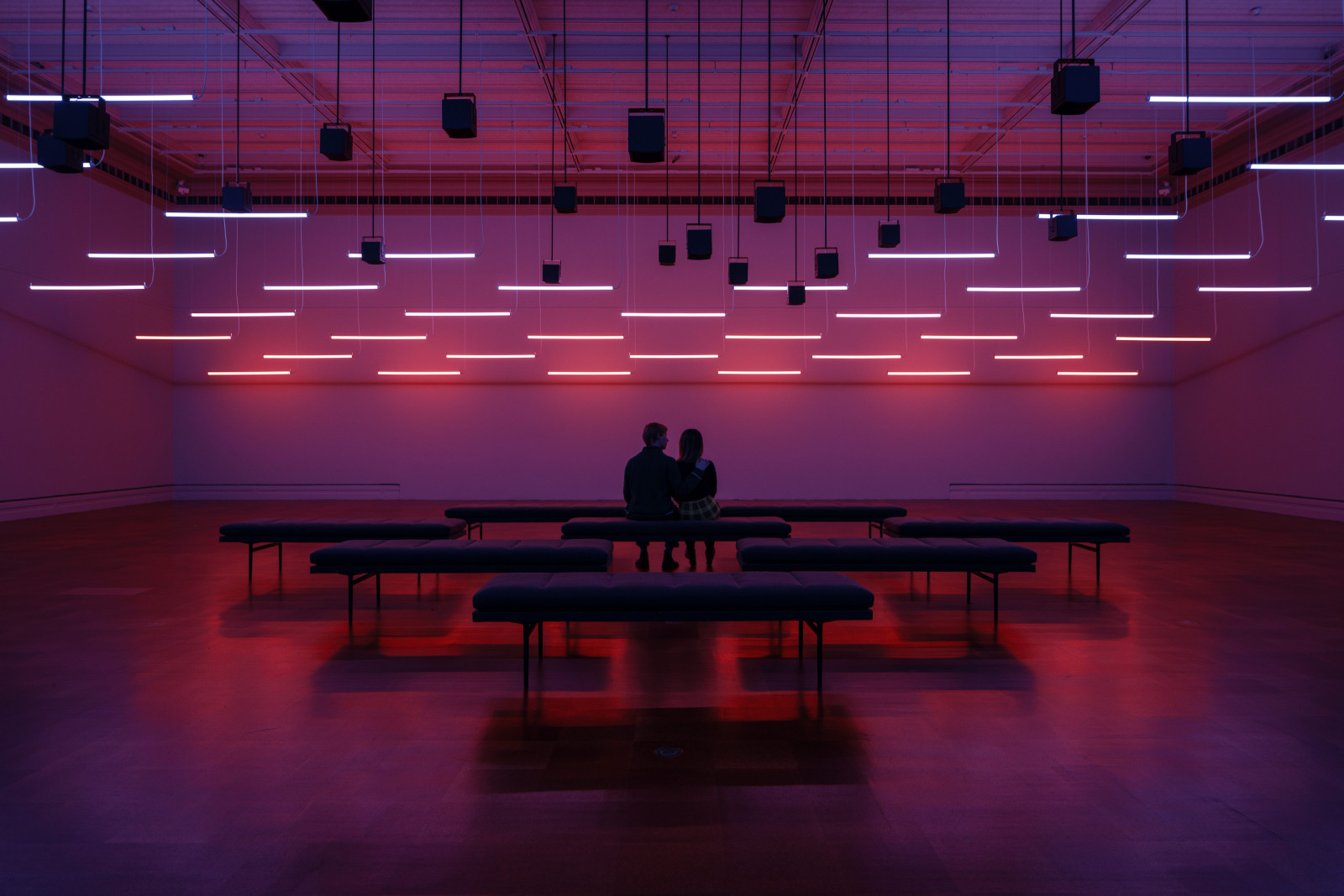The City
The City
Artist
Maria Helena Vieira da Silva
(French, 1908-1992)
Place of OriginFrance
Date1951
DimensionsPainting: 37 1/4 × 32 1/4 in. (94.6 × 81.9 cm)
Frame: 38 1/2 × 53 1/2 × 1 1/2 in. (97.8 × 135.9 × 3.8 cm)
Frame: 38 1/2 × 53 1/2 × 1 1/2 in. (97.8 × 135.9 × 3.8 cm)
MediumOil on canvas.
ClassificationPaintings
Credit LinePurchased with funds from the Libbey Endowment, Gift of Edward Drummond Libbey
Object number
1953.134
On View
Toledo Museum of Art (2445 Monroe Street), Gallery, 07
Ocvirk, Otto G., et al., Art Fundamentals: Theory and Practice, 3rd ed., Dubuque, 1975, p. 38, repr. fig. 40.
Goldstein, Nathan, Painting, Visual and Technical Fundamentals, Englewood Cliffs, 1979, p. 231, repr. fig. 6.33.
Vallier, Dora, Vieira da Silva, Paris, 1971, repr. p. 116.
Exhibition HistorySan Francisco Museum of Art, Art in the 20th Century, 1955, p. 18.Minneapolis, Walker Art Center, School of Paris 1959: The Internationals, 1959, no. 68.
Cleveland Museum of Art, Paths of Abstract Art, 1960, no. 56, repr. p. 39.
Pietro da Cortona
1629/1630
Maria van Oosterwijck
about 1685

Membership
Become a TMA member today
Support TMA
Help support the TMA mission










